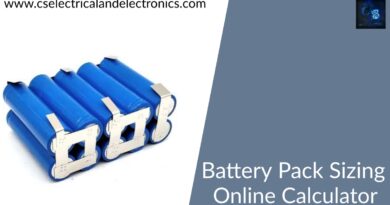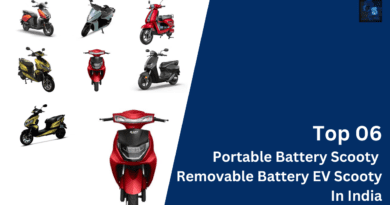Electrical Interview Questions On DC Motors
Hello guys, welcome back to my blog. In this article, I will discuss Electrical Interview Questions And Answers On To DC Motors, electrical interview questions and answers related to dc motors. The questions which I am discussing are most repeatedly asked questions in the interview.
If you want an article on some other topics then comment us below in the comment section. You can also catch me @ Instagram – Chetan Shidling.
Also read – Electric Vehicle Business Ideas.
Electrical Interview Questions And Answers On DC Motors
Hey guys, if you are preparing for placement then this article is for you. If you are going to attend the interview then they may ask you some questions related to dc motors, and maybe this article will help you to face the interview. Well, guys, I will mention the questions that are asked in the interview.
01. Which motor is called a constant speed dc motor?
A. Among the types of dc motors, the dc shunt motor as constant speed compared to the other types of dc motors.
02. Which motor has a high starting torque?
A. The motor which has high starting torque is the dc series motor and remember one more thing that dc series motor is always started with the load.
03. What is the function of the commutator in dc motor?
A. The function of the commutator in dc motor is to convert dc supply into ac supply. It is also called a mechanical converter.
04. What are the applications of dc motors?
A. The applications of dc motors are;
- In locomotives
- In drones
- In Robotics
- The fans used in trains.
05. Why starter is used to start dc motor?
A. Initially, there is no emf in the armature of dc motor and the resistance of armature will also decrease, so if we operate the motor without a starter, the motor will draw high current due to which the winding may burn. So to avoid drawing of high current, by using starter we can add some resistance in series with the armature, as the motor gains normal speed the resistance is decreased.
06. Which current is present in the armature of dc motor?
Many students will fail to answer this question.
A. The supply which is present in the armature of dc motor is alternating current. This ac supply is converted into dc supply by the commutator.
07. Why brush is used in dc motor?
A. The brush is used in the dc motor to supply current from the non-moving part to the moving part.
08. Will a dc shunt motor run on an ac supply?
A. The shunt winding has a high number of turns so that it has considerable inductance. When ac is connected to a shunt motor, the high inductive reactance of shunt winding will decrease the field current too much. Consequently, the shunt motor will not usually run on ac supply.
09. Why dc series motor should start with a load?
A. In a dc motor, torque is proportional to the flux and armature current. For a dc series motor, at first, flux proportional armature current so that T = Ia ^2. If the current increases two-fold, the torque will increase four-fold. Consequently, the starting torque of a dc motor is very large. Fo this reason, it is used to starting with a heavy load.
10. At last, tell me what is the type of dc motors?
A. The types of dc motor are;
- DC series motor
- DC shunt motor
- Compound motor – differential compound motor and cumulative compound motor.
- Brushless dc motor
I hope this article may help you all a lot. Thank you for reading.
Electrical Interview Questions And Answers Related To DC Motors, Electrical Interview Questions And Answers On DC Motors.
Also, read:
- What Is Vector CANoe Tool, Why It Is Used In The Automotive Industry
- What Is TCM, Transmission Control Module, Working, Purpose,
- Top 100 HiL hardware in loop Interview Questions With Answers For Engineers
- Driver Monitoring Systems In Vehicles, Working, Driver Sleepy Alert
- Top 100 Automotive Interview Questions With Answers For Engineers
Author Profile
- Chetu
- Interest's ~ Engineering | Entrepreneurship | Politics | History | Travelling | Content Writing | Technology | Cooking
Latest entries
 All PostsApril 19, 2024What Is Vector CANoe Tool, Why It Is Used In The Automotive Industry
All PostsApril 19, 2024What Is Vector CANoe Tool, Why It Is Used In The Automotive Industry All PostsApril 13, 2024What Is TCM, Transmission Control Module, Working, Purpose,
All PostsApril 13, 2024What Is TCM, Transmission Control Module, Working, Purpose, All PostsApril 12, 2024Top 100 HiL hardware in loop Interview Questions With Answers For Engineers
All PostsApril 12, 2024Top 100 HiL hardware in loop Interview Questions With Answers For Engineers All PostsMarch 22, 2024Driver Monitoring Systems In Vehicles, Working, Driver Sleepy Alert
All PostsMarch 22, 2024Driver Monitoring Systems In Vehicles, Working, Driver Sleepy Alert








